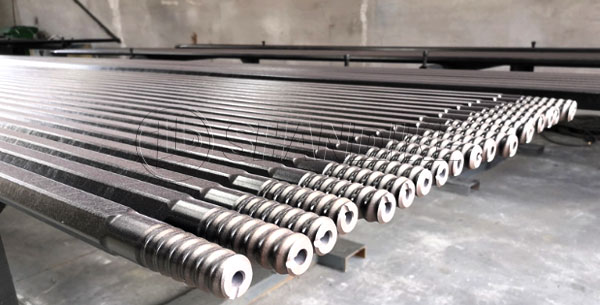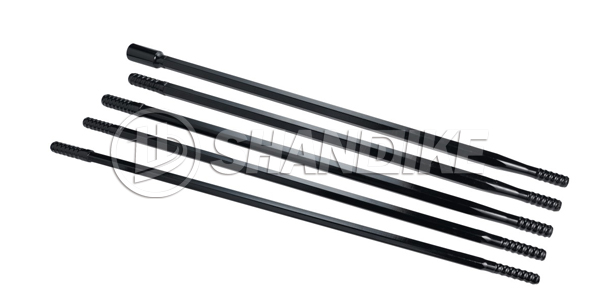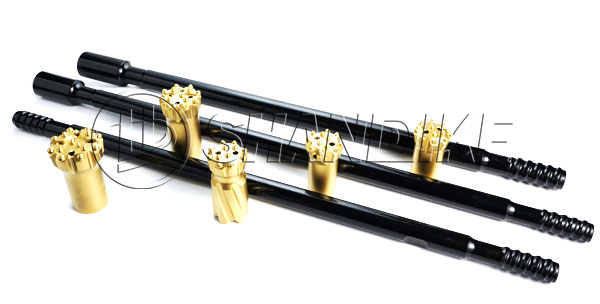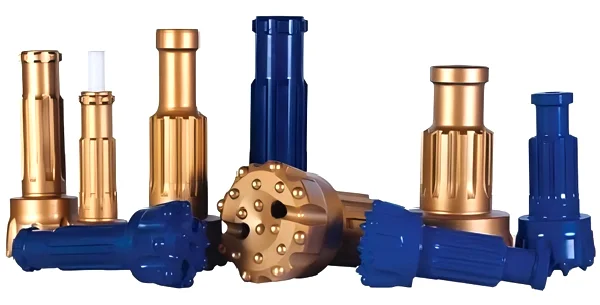Technical Specifications and Re-sharpening Protocol for Button Bits
As a core consumable in modern drilling operations, button bits are widely implemented in mining, tunneling, hydrogeological exploration, and infrastructure projects due to their superior penetration rates, operational stability, and extended service life. However, their non-self-sharpening characteristics pose inherent limitations: even premium-grade spherical carbide buttons inevitably develop planar wear surfaces and micro-fractures during prolonged use, leading to progressive decline in drilling performance and premature lifespan termination.
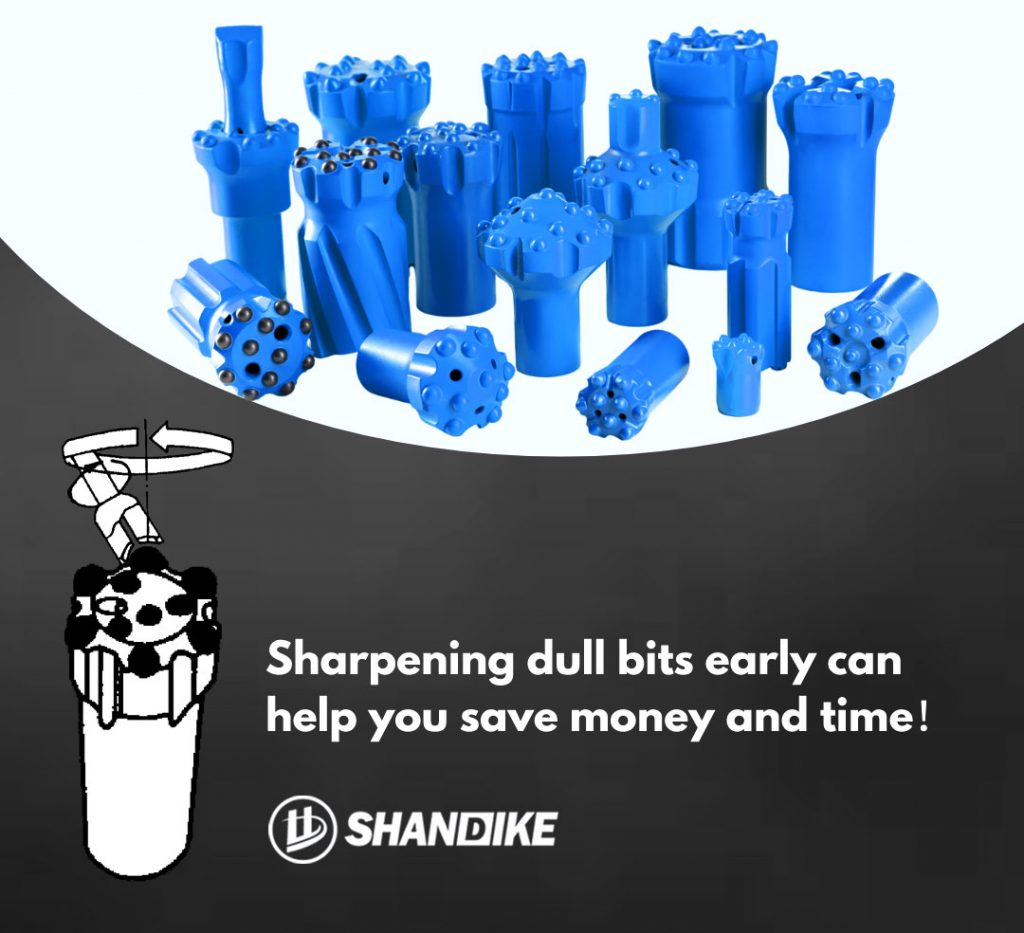
Implementing scientific re-sharpening protocols is critical for minimizing tool consumption and optimizing total operational costs.
I. Risk Analysis of Delayed Re-sharpening
1. Equipment Overload: Drilling strings and rig power units sustain dynamic loads exceeding design thresholds
2. Premature Fatigue Failure: Accelerated structural degradation of drilling components
3. Operational Efficiency Loss: Penetration rate reduction reaching 30-50% of baseline performance
4. Maintenance Cost Escalation: Increased frequency of unscheduled downtime for emergency repairs
II. Multi-Parameter Re-sharpening Criteria
A comprehensive evaluation system should incorporate:
– Geometric Parameters:
– Wear flat area ratio ≥25-50%
– Carbide protrusion <50% of original diameter
– *Surface Integrity Indicators*:
– Presence of snake-skin patterns or thermal cracks on carbide surfaces
– *Performance Threshold*:
– 15% reduction in penetration rate compared to new bit baseline
III. Precision Re-sharpening Technical Protocol
1. Tool Selection:
– Diamond-impregnated grinding cups with ±10% dimensional tolerance relative to target carbide geometry
2. Process Parameters:
– Spindle Speed: 2800-3200 RPM
– Feed Mechanism: Axial feed perpendicular to carbide centerline (radial runout ≤0.05mm)
– Material Removal: Maintain residual carbide height within 50-75% of original diameter
3. Process Control:
– Implement micro-machining principle (maximum depth of cut ≤0.2mm/pass)
– Maintain cutting fluid flow rate ≥5L/min for thermal management
– Real-time temperature monitoring to prevent phase transformation embrittlement
IV. Documented Technical-Economic Benefits
Systematic implementation yields measurable improvements:
– 40-60% extension in drill string service life
– 22-35% improvement in average penetration rate
– 50-70% reduction in equipment failure rate
– Up to 35% reduction in overall operational costs (validated per ASTM D7625)
This protocol complies with ISO 9001:2015 Quality Management System certification. Recommended implementation with digital carbide inspection tools (0.01mm resolution) and thermal imaging systems to establish closed-loop process control for intelligent tool maintenance management.
